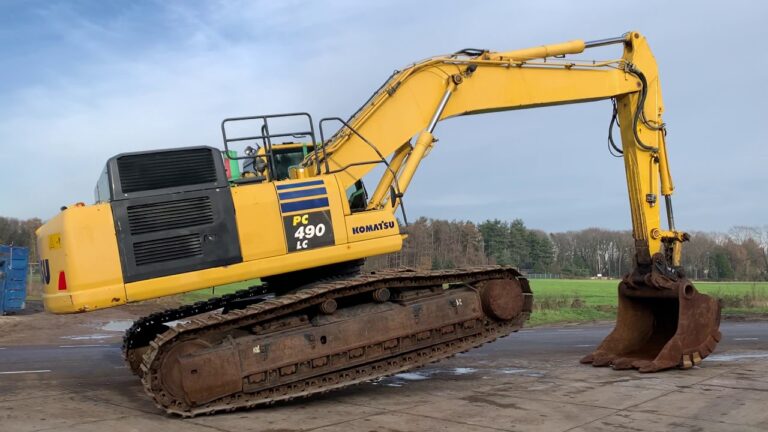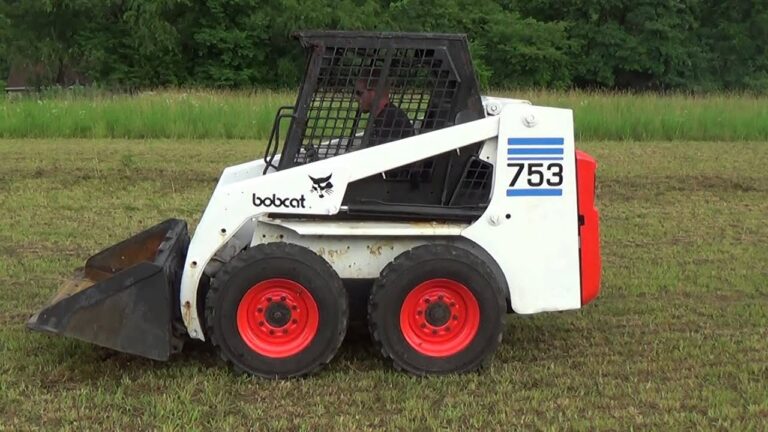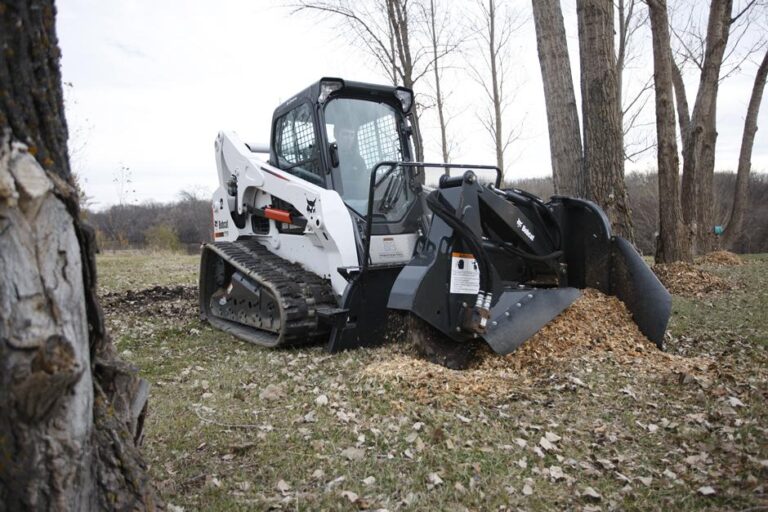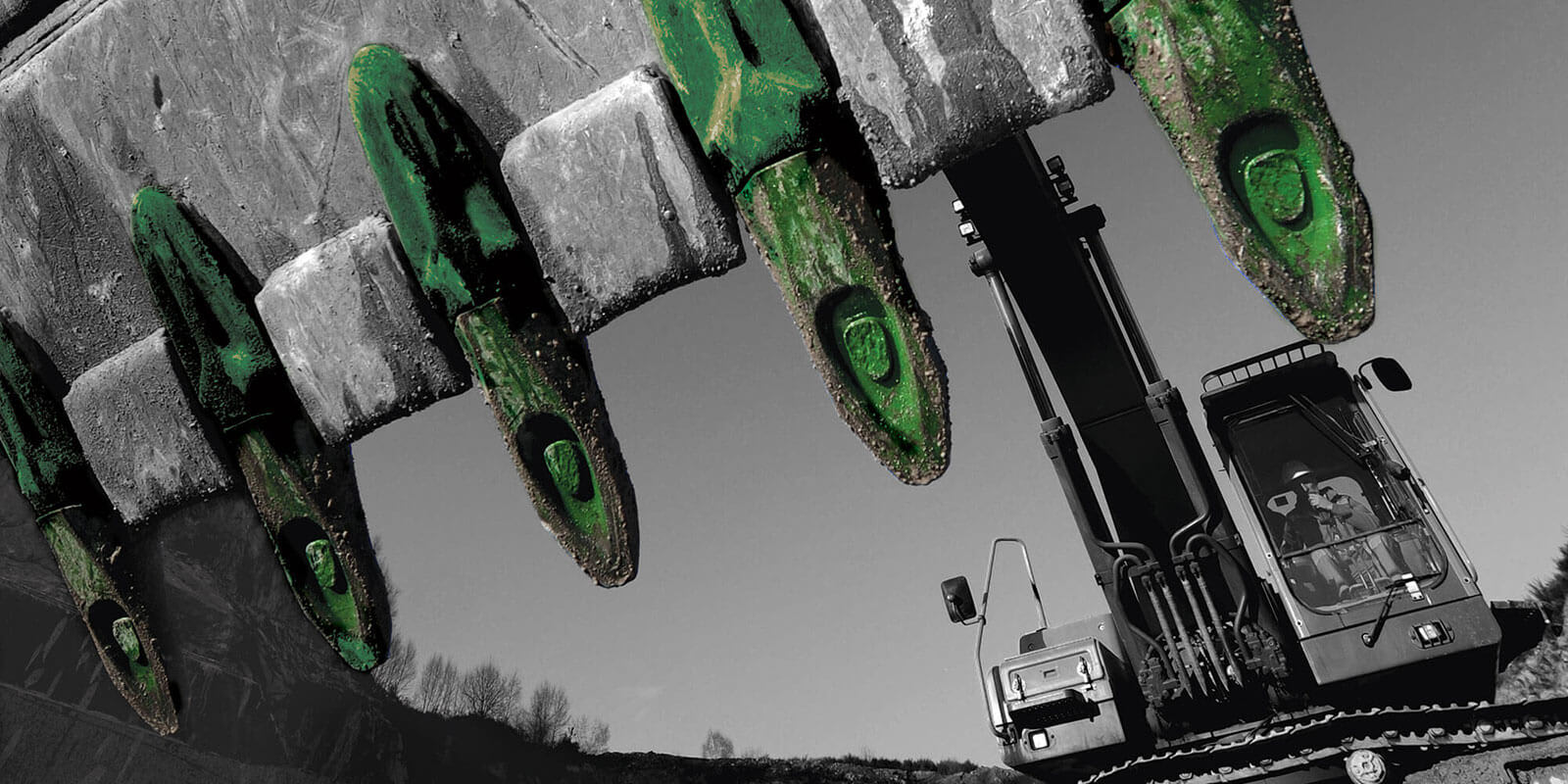

How To Change Teeth On Excavator Bucket
Remove Safety Pins
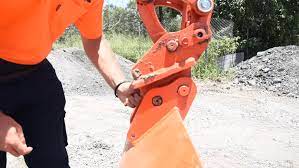
Remove safety pins from the excavator boom and bucket. The boom is the long arm that extends from the excavator. The bucket is a large scoop on the end of the boom.
Lift an excavator bucket safety pin with a key or a screwdriver. In some models, each safety pin has a small hole in its head. Insert a key or screwdriver into each hole to lift up the safety pins one at a time and remove them from the excavator.
Pull out excavator bucket safety pins. In other models, you can pull out each safety pin by hand.
Place Bucket on Side of Excavator

The excavator bucket can easily be placed on the side of the excavator. An excavator bucket is a great tool for digging up rocks and other materials that are in the way of your project. It can also be used to pull out large items from a hole and place them on the ground so that they can be removed from the site.
The best way to place an excavator bucket on its side is to use a piece of wood or metal to secure it in place. This will allow you to easily measure where the bucket needs to go and avoid any damage when it gets put back into position.
Remove Excavator Tooth and Pin Keepers
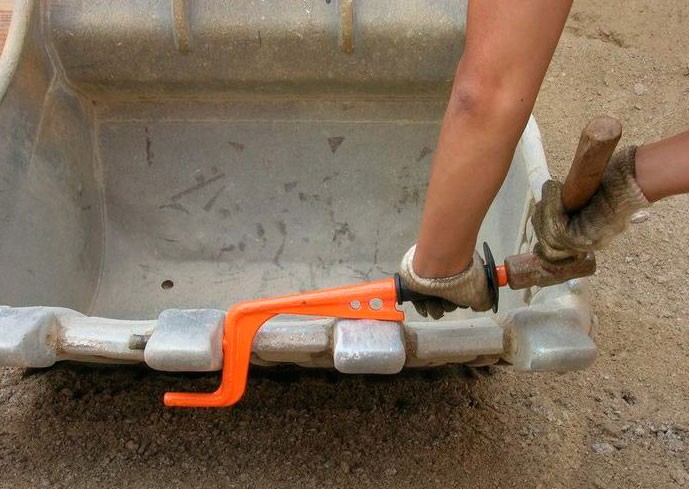
Tooth and pin keepers (retaining clips) function to prevent the excavator tooth from separating from the adapter or excavator bucket during digging. This is accomplished by retaining the excavator tooth to the adapter or bucket by means of a keeper.
There are two main types of teeth keepers. The single wedge design is used in most general applications and is more forgiving if it becomes loose. The double wedge design is used in more severe applications and is more prone to failure if it becomes loose as it requires both wedges to be tight in order for it to function properly.
If you notice your excavator tooth loosening up and moving around more than normal, it may be time to replace your tooth retainers (keepers). If they are lost, the teeth will fall off while digging, which could cause damage to your machine or injury to yourself or others.
Forigi Malnovajn Dentojn kaj Spinglojn
Place the excavator bucket or shovel on a flat surface. Use a tape measure to determine the length of the pin that needs replacing. This measurement is taken from the end of one pin to the end of the other, just as it would be if mounted in the excavator.
Write down the measurement and take it to an excavator parts dealer. The dealer will have a number of pins in several sizes on hand and will be able to assist you in finding the correct size.
Check your owner’s manual for instructions on removing and replacing teeth and pins. The exact procedure varies by make and model of the excavator.
Unbolt the teeth from the excavator bucket or shovel mounting plate with a socket wrench. There are two bolts per tooth; remove all bolts before attempting to remove any teeth.
Place a jack between each pin and its mount and raise until space is created between them, but not so much that they are completely removed from their mounts.
Loosen each pin with a pipe wrench or other wrench designed for this purpose, but do not completely remove them yet.
Remove each pin completely by hand once it has been loosened enough with the wrench.
Attach New Tooth and Pin Keepers
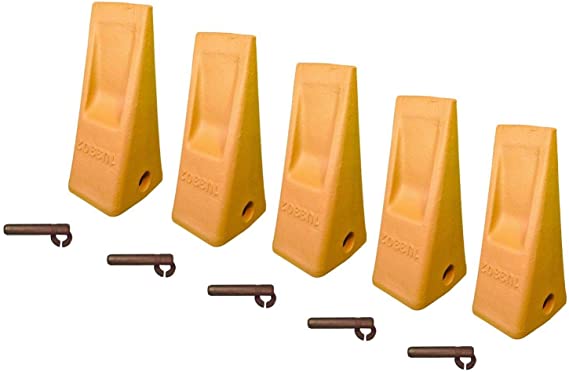
A tooth and pin keeper is used to keep the excavator bucket’s teeth and pins from falling out when changing them. This is important because if a tooth or a pin falls out, it can get lost in the dirt or the snow. Once that happens, it will be difficult to find it again. If you don’t have an extra tooth or pin on hand, you may need to buy a new one.
On the front of your excavator’s bucket, there will be a small hole where you can insert a tooth and pin keeper. The hole that you insert it into is usually located on the backside of the bucket. It is just below where you would put your hand to lift it up with your hands. Note: Do not insert a tooth and pin keeper into the hole where you would place your fingers because this could damage your fingers over time.
To use a tooth and pin keeper, insert it at an angle until it is fully inserted into the hole at the bottom of your bucket. Be sure to push down firmly so that it snaps into place. Your new tooth and pin keeper should stay secure until you are ready to remove it again.
Aldonu Sitelon al Elkavatoro

With the boom mounted on the excavator, you can now add the bucket. For this project, we chose a high-quality bucket from an American manufacturer. However, because it was not designed for this specific use, we had to make some modifications to make it work.
We started by checking references from the manufacturer to see exactly how the bucket should be mounted on the boom. The first step was to weld threaded inserts into the holes in the bucket. This allowed us to secure the bucket using bolts rather than welding it directly to the boom.
We then bolted on a hydraulic cylinder and attached one end of it to a bracket welded onto the back of the bucket (see photo at right). We used a grease fitting to lubricate where the piston rod entered the housing of the cylinder.
To mount this end of the cylinder, we had to attach a bracket between two vertical supports below where we’d mounted our boom. This bracket makes sure that each time we lift or lower our boom, we also lift or lower our bucket.
The final step was to connect one line from our machine’s hydraulic circuit to our cylinder and then connect another line from our cylinder back into that same circuit. This allows us to use pressure from our existing hydraulic system (rather than adding.
Supply:
- Excavator buckets are used to carry loads of different materials in a lot of different applications. They come equipped with a variety of different teeth sizes on the back of them, which allows them to operate in a lot of different settings. Occasionally, you’ll need to replace the teeth on your bucket. You’ll want to do this in a safe manner, so it’s important that you have the right tools and know the proper steps to take.
Tools:
- Gloves
- Hammer
- Pry bar or crowbar
- Tooth and pin keeper removal tool (optional)
Follow this checklist to make sure that you get all the steps of changing the teeth on your excavator bucket
Changing the teeth on your bucket is one of the most common maintenance tasks you’ll do for your excavator bucket. However, there are a few steps you can take to make sure that you’re getting them changed efficiently and safely.
To make sure that you’re getting the proper performance out of your excavator bucket, it’s important to change out your teeth as necessary. This means that when they are worn down, they aren’t going to be able to dig into the ground as easily and you won’t get the kind of results you need. Some people try to keep their teeth longer than they should, but this can actually be detrimental to your bucket.
